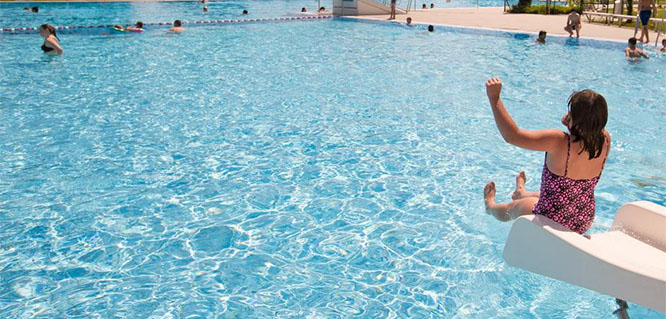
Mangalore, December 10: The Akhila Bharatha Beary Parishat has urged the Central government to implement eight per cent internal reservation for backward Muslim community within Other Backward Caste (OBC) quota.
Addressing a press meet here on Friday, Working President B A Mohammed Haneef said Muslims are given four per cent reservation in 2B category in education and employment in Karnataka.
Under 2A category, Muslims are given reservation in local bodies election. As Muslims constitute 16 per cent of the population in the country, they should be given 8 per cent of reservation with OBC quota. Haneef also flayed Vishwa Hindu Parishat General Secretary Praveen Thogadia's statement that internal reservation within a religion is not acceptable in a constitution.
Referring to the statements made by Thogadia that the Muslims should not accept international reservation with OBC quota (as the OBC reservation is based on the caste and that Muslims do not believe in caste system) and if they accept the reservation, Muslims should desert Islam and join Hinduism, Haneef said such statements aim at dividing the society and increasing the rift between the Hindus and Muslims.
He said as per Mandala Commission recommendation, 27 per cent reservation from OBC was implemented in 1993. As Muslims were not included in the reservation list, the government in its order dated 6-12-1999 included Muslims barring nine community including 'Kacchimeman,' 'Navayath,' 'Bohra,' 'Sayyed,' 'Shekh,' 'Patan,' 'Mughal,' 'Mahdavi,' 'Jamayathi Muslims,' under its reservation fold.









Comments
Add new comment